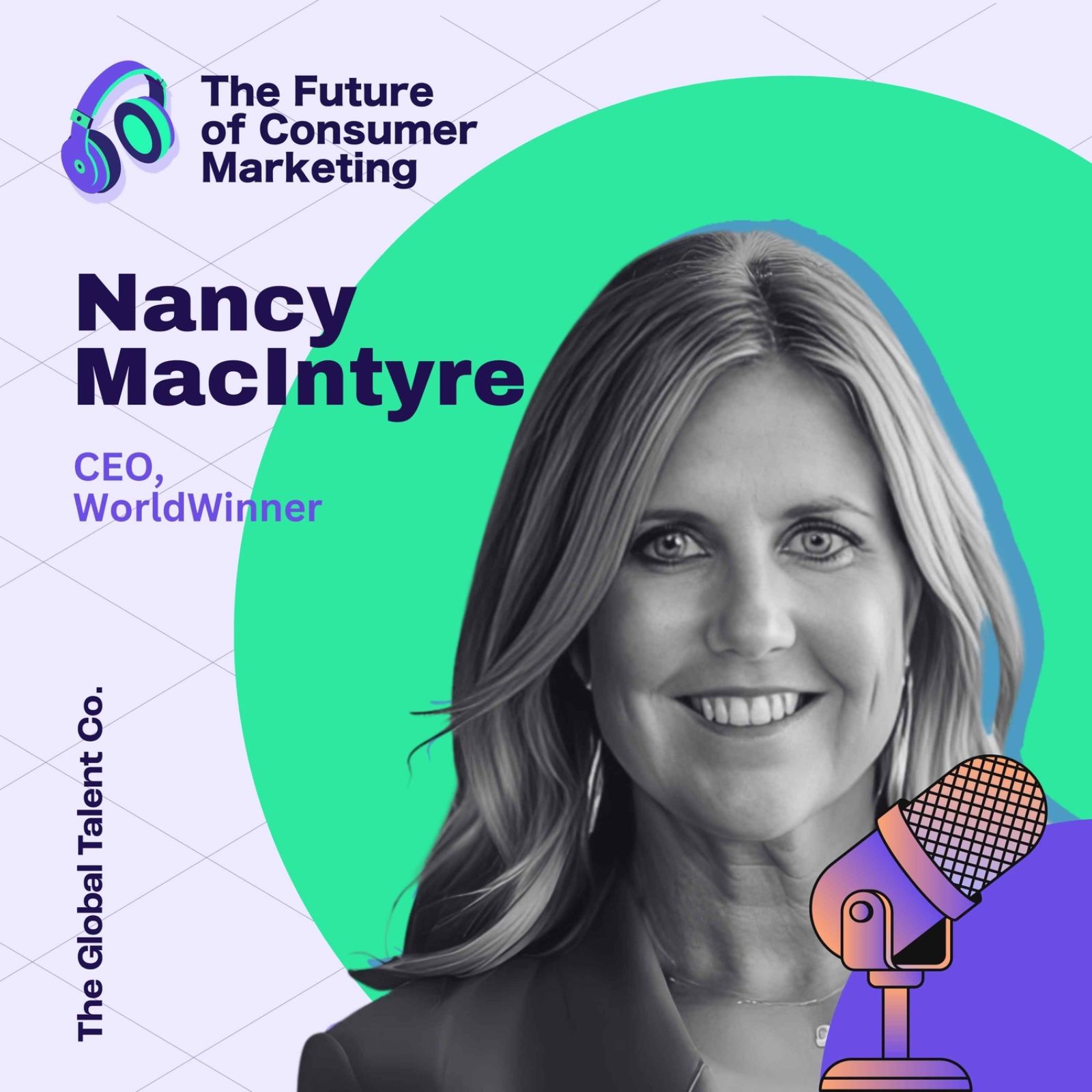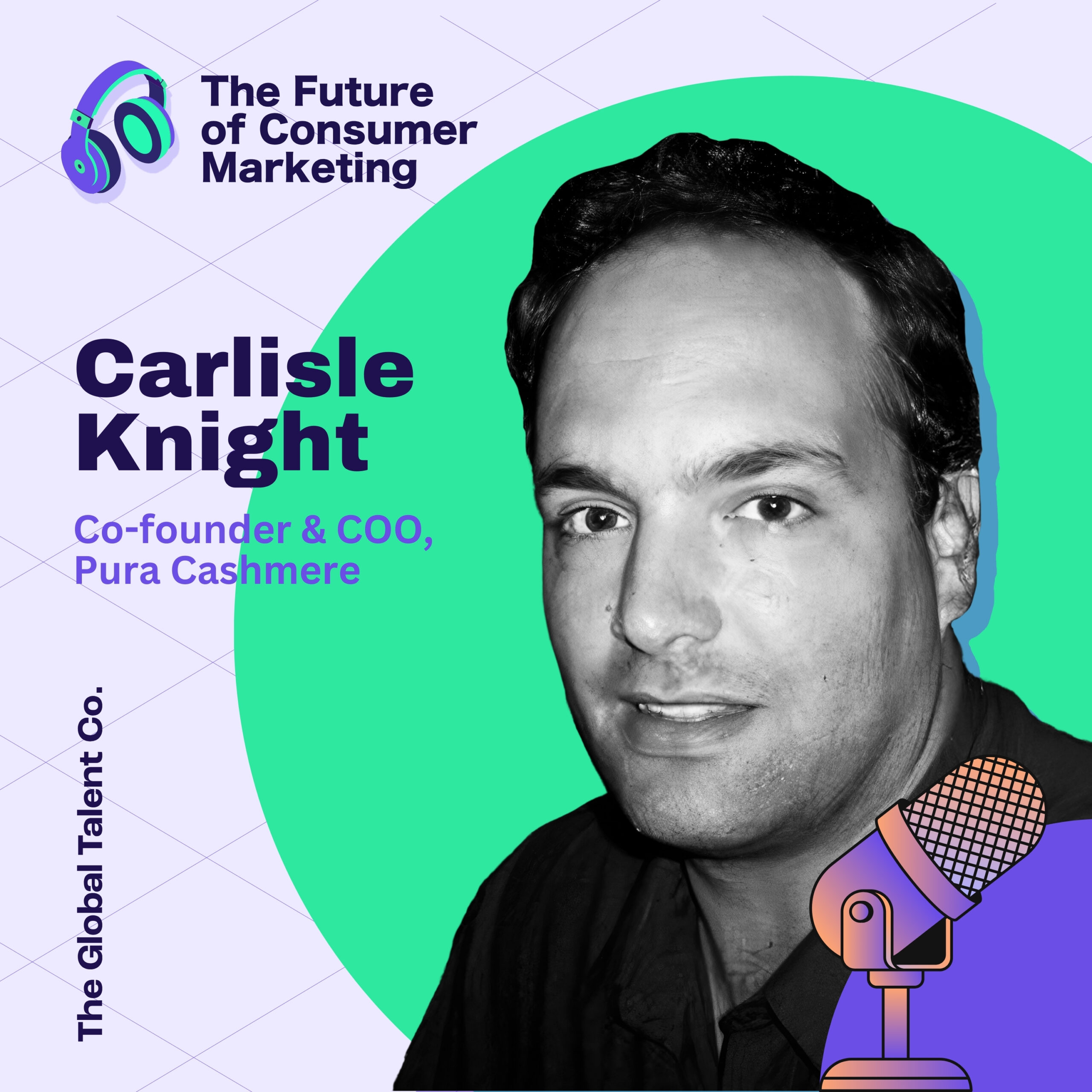In this episode of The Future of Consumer Marketing, host Andres Figueira interviews Lex Deak, co-founder and CEO of Basket, an AI shopping agent that’s reimagining how consumers research, save, and purchase products online. Basket transforms the fragmented shopping experience by creating a universal wish list that evolves into an intelligent shopping companion. Starting as a smart wish listing tool in the UK, Basket has grown into a comprehensive platform that tracks prices, applies coupons, manages stock alerts, and provides personalized recommendations. Through their direct-to-consumer approach and data-driven insights into shopping behavior, they’re building the foundation for ambient commerce that anticipates consumer needs without requiring constant user input.
Topics Discussed:
- Transforming impulse shopping into considered purchasing decisions
- Building AI-powered shopping tools that prioritize user trust over advertiser revenue
- Leveraging behavioral psychology to understand gender differences in shopping patterns
- Creating shareable shopping experiences that drive organic user acquisition
- Scaling internationally while maintaining product-first focus
- Using micro and nano influencers for cost-effective user acquisition
Lessons For Consumer Marketers:
Focus on the Research Phase, Not Just Checkout Optimization
While most shopping AI focuses on streamlining checkout, Basket recognized that checkout is already fairly seamless with tools like Apple Pay. The real friction exists in the research and consideration phase – from discovering a product to making the final purchase decision. By “collapsing the funnel” and addressing the complex, nonlinear journey of product research, price comparison, and decision-making, they’re solving a more fundamental consumer problem.
Use Pause Moments to Combat Impulse Purchase Regret
Basket addresses the binary choice consumers face on social media: buy now or lose track of the item forever. By creating a seamless way to save products for consideration, they enable conscious consumption without eliminating the joy of impulse purchasing. This approach reduces buyer’s remorse while still allowing for spontaneous purchases when appropriate, addressing both sustainable shopping concerns and consumer satisfaction.
Design for Shareability as a Core Acquisition Strategy
Basket’s inherent shareability – through gift lists, birthday wishlists, and product collections – serves as their primary organic acquisition channel. Rather than treating sharing as an afterthought, they built it into the core user experience. Users naturally share their lists for occasions, and creators use the platform as a “micro shop” interface, turning everyday user behavior into marketing distribution.
Prioritize Impartiality to Maintain User Trust
Despite having valuable consumer purchase intent data, Basket maintains strict impartiality in product recommendations, avoiding paid placements or sponsored suggestions. This approach builds long-term user trust, which is critical for AI shopping tools that need access to personal purchasing preferences. They recognize that compromising neutrality for short-term revenue would undermine the core value proposition.
Leverage Behavioral Psychology Insights for Better Targeting
Basket’s data reveals that traditional demographic targeting (14-year-old girls like pink and Lululemon) is fundamentally flawed. Instead, they’re discovering that shared interests and purchasing patterns create more meaningful customer segments – like a 14-year-old girl who likes golf and cheese having more in common with a 45-year-old male with similar interests than with her demographic peers. This insight challenges conventional advertising wisdom.
Build Community Through Micro and Nano Influencer Partnerships
Their most cost-effective acquisition strategy combines nano/micro influencers with user-generated content that they then boost through paid channels. This approach generates authentic recommendations while maintaining reasonable acquisition costs. The strategy works because these smaller influencers have more genuine relationships with their audiences and create more trustworthy product recommendations.



























































































